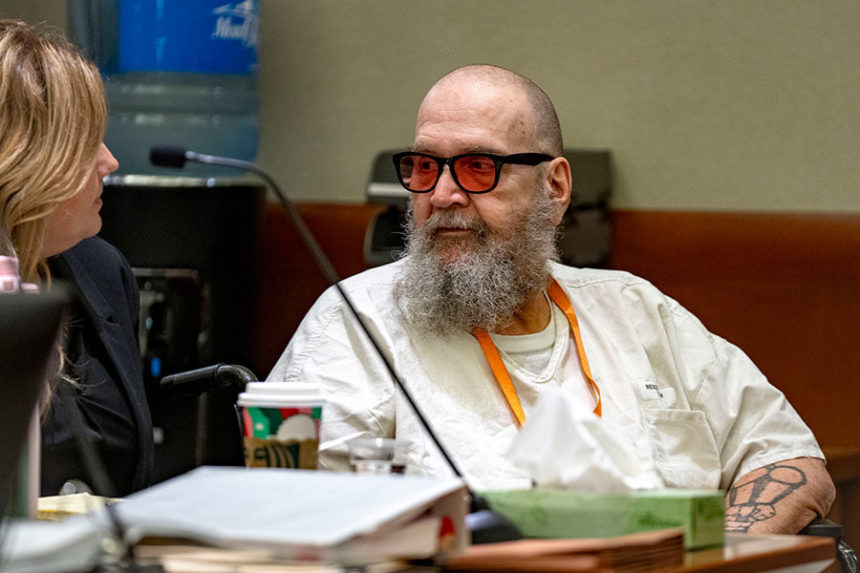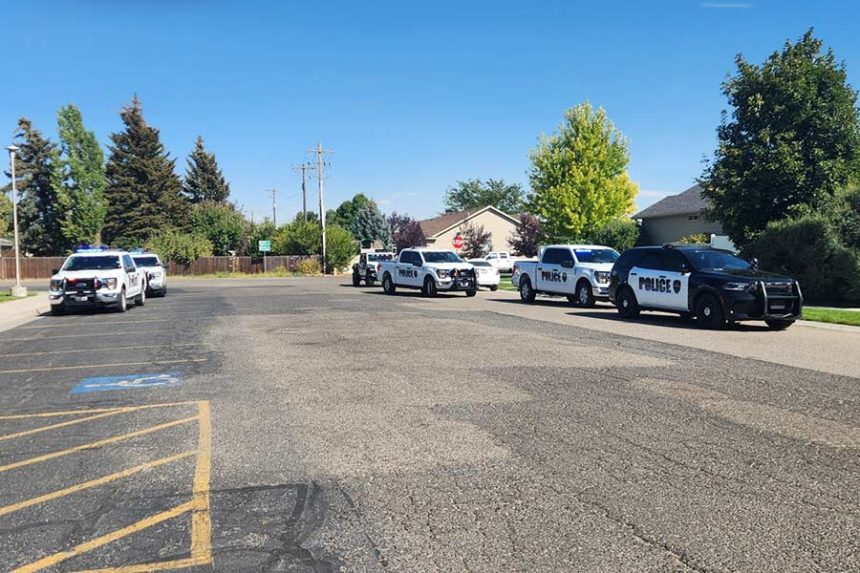Salt Lake City (AP) Despite his attorneys’ appeals and claims that his condition is getting worse, a Utah judge on Wednesday set an execution date for a man with dementia who has been on death row for 37 years.
On September 5, Ralph Leroy Menzies, 67, will be put to death for the 1986 kidnapping and murder of Maurine Hunsaker, a mother of three from Utah. Menzies chose to be executed by firing squad when given the option decades ago. He would be just the sixth prisoner in the United States to be put to death by firing squad since 1977.
RELATED | A court finds a convicted murderer suffering from dementia capable of carrying out the death penalty
A month after concluding that Menzies consistently and logically comprehends why he faces execution despite recent cognitive impairment, Judge Matthew Bates signed the death warrant. Menzies’ lawyers have asked the court for a reevaluation, but Bates stated on Wednesday that the appeal was not a reason to postpone a date.
However, Bates set a hearing for July 23 to consider the new competency plea. According to Menzie’s lawyers, his dementia has gotten so bad that he is unable to comprehend his court case, needs oxygen, and uses a wheelchair.
According to Lindsey Layer, a Menzies lawyer, “we are still hopeful that the courts or the clemency board will acknowledge the profound inhumanity of executing a man who is experiencing steep cognitive decline and significant memory loss.” It is not just nor morally right to take the life of a person who has a fatal illness, is no longer a threat to others, and whose identity and thoughts have been taken over by dementia.
Assistant Attorney General Daniel Boyer stated that the Utah Attorney General’s Office fully trusts the judge’s ruling.
The U.S. Supreme Court has occasionally delayed executions of inmates suffering from dementia, such as the 2019 case of an Alabama man who had murdered a police officer. According to the top court, an execution does not carry out the vengeance that society seeks if the prisoner is unable to comprehend why they are being put to death.
It has been difficult for Hunsaker’s son Matt, who was ten years old when his mother was murdered, to accept that justice has taken so long.
He told the judge on Wednesday, “You issue the warrant today, you start a process for our family.” Everyone is put on the clock. Another generation of my mother has been introduced, and justice has yet to be done.
Menzies kidnapped 26-year-old Hunsaker from the Kearns, Utah, area where she worked at a convenience shop. She was eventually discovered in a picnic area in Big Cottonwood Canyon, some 16 miles (25 kilometers) away, with her throat slit and strangled. When Menzies was imprisoned for unrelated offenses, he had Hunsaker’s wallet and a number of other possessions. In 1988, he was found guilty of first-degree murder and other offenses.
Menzies’s lawyers filed many appeals over almost forty years, delaying his execution sentence, which had been planned at least thrice before being postponed. He and other death row inmates from Utah who were convicted before to May 2004 were offered the option of either lethal injection or firing squad execution. Unless the medications are not available, lethal injection is the default procedure for prisoners convicted in the state after that date.
South Carolina killed two men by firing squad last year, and Utah last carried out the practice in 2010. Executions by firing squad are only permitted in three other states: Idaho, Mississippi, and Oklahoma.
Ten persons, including Menzies, are set to be executed in seven states over the rest of 2025. So far this year, 25 persons have been executed by court order in the United States.
RELATED | Idaho begins the firing squad chamber renovation. This is the price.
RELATED | For the first time in fifteen years, a person was executed by firing squad in the United States. Let’s examine the past.










